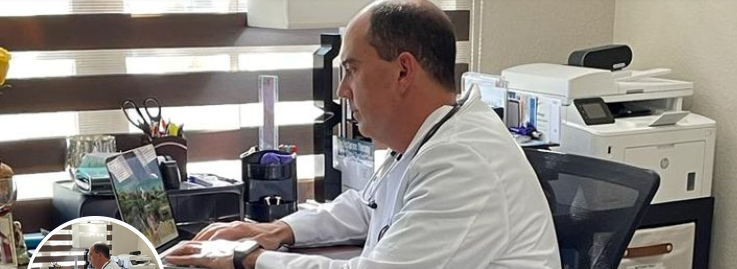Telemedicine, the use of technology to provide remote healthcare services, has emerged as a beacon of hope in addressing the longstanding challenges of healthcare access in rural areas. Across remote and underserved regions, where accessing quality healthcare can be arduous, telemedicine is revolutionizing the landscape by breaking down barriers and bringing medical expertise closer to those in need by Dr Manuel Abreu.
Rural communities often face geographical barriers, limited healthcare facilities, and a shortage of healthcare professionals. These challenges result in residents having to travel long distances to seek medical care, leading to delays in treatment and exacerbating health disparities. Telemedicine offers a solution by enabling patients to connect with healthcare providers virtually, overcoming the limitations of distance and scarcity of local medical resources.
Through telemedicine platforms, patients in rural areas can consult with healthcare professionals, specialists, and even mental health practitioners remotely. This virtual connection allows for timely medical advice, diagnosis, and treatment without the need for extensive travel, reducing the burden on patients and their families.
One significant impact of telemedicine in rural healthcare access is evident in emergency situations. Dr Manuel Abreu In areas where immediate access to specialized care might be limited, telemedicine facilitates real-time consultations between local healthcare providers and specialists located elsewhere. This prompt exchange of information can be critical in making time-sensitive decisions and improving patient outcomes.
Furthermore, telemedicine enhances continuity of care for rural patients. Follow-up appointments, medication management, and chronic disease monitoring can be conducted seamlessly through virtual platforms. This consistent engagement contributes to better health management and preventive care, reducing the likelihood of disease progression and hospitalizations.
However, challenges persist in the widespread adoption of telemedicine in rural areas. Limited access to high-speed internet and technological infrastructure remains a barrier for some communities. Additionally, ensuring the privacy and security of patient information in remote settings is an ongoing concern that requires robust solutions.
Despite these challenges, the potential of telemedicine to transform rural healthcare access is undeniable. Efforts to improve internet connectivity, expand telehealth services, and provide necessary training to healthcare professionals and patients are underway to bridge these gaps.
In conclusion, telemedicine stands as a game-changer in reshaping healthcare access for rural populations. By leveraging technology to transcend geographical barriers, it offers a lifeline to individuals in remote areas, ensuring they receive timely, quality care. As advancements continue Dr Manuel Abreu and efforts to address infrastructure challenges persist, telemedicine holds the promise of a more equitable healthcare landscape, providing essential services to all, regardless of location.



